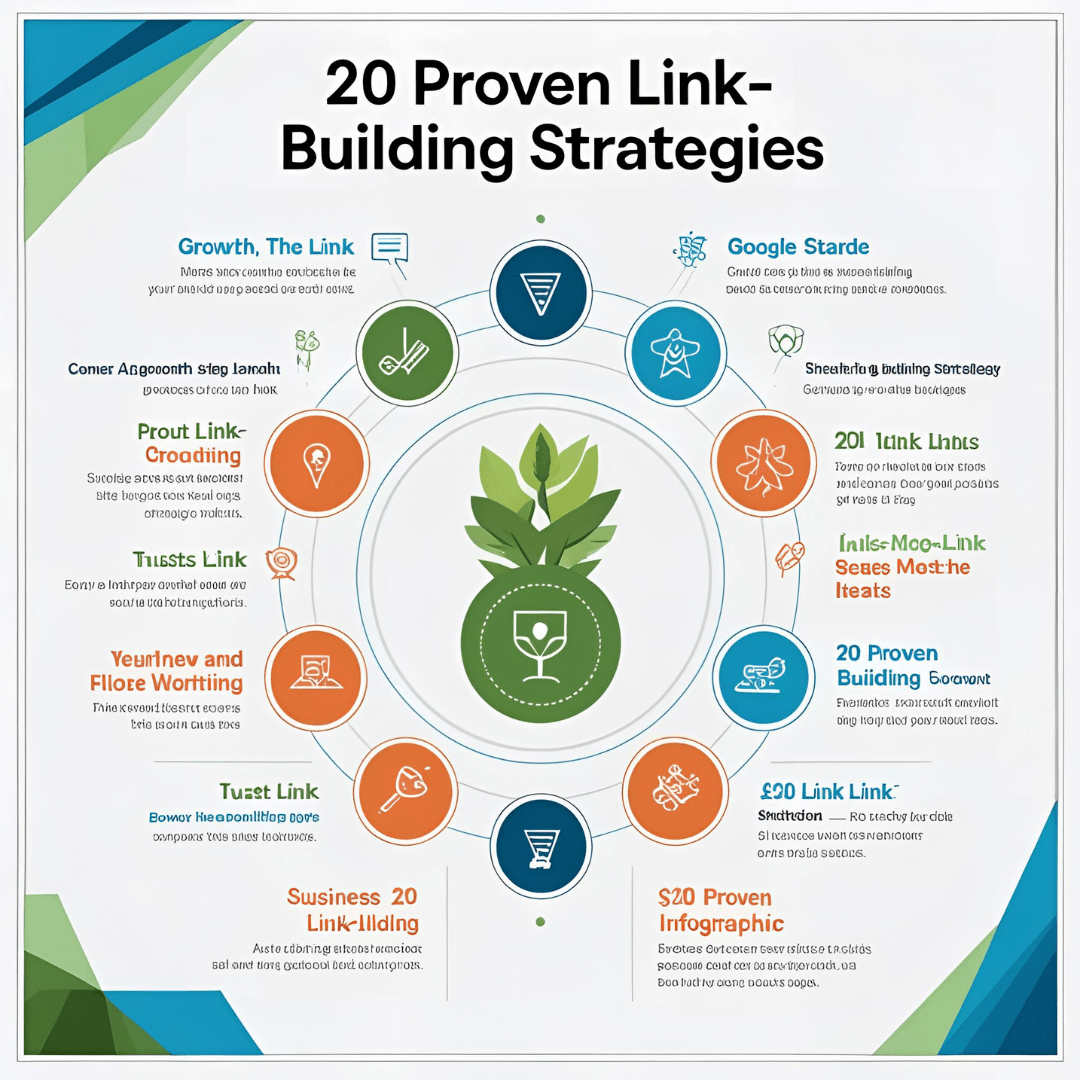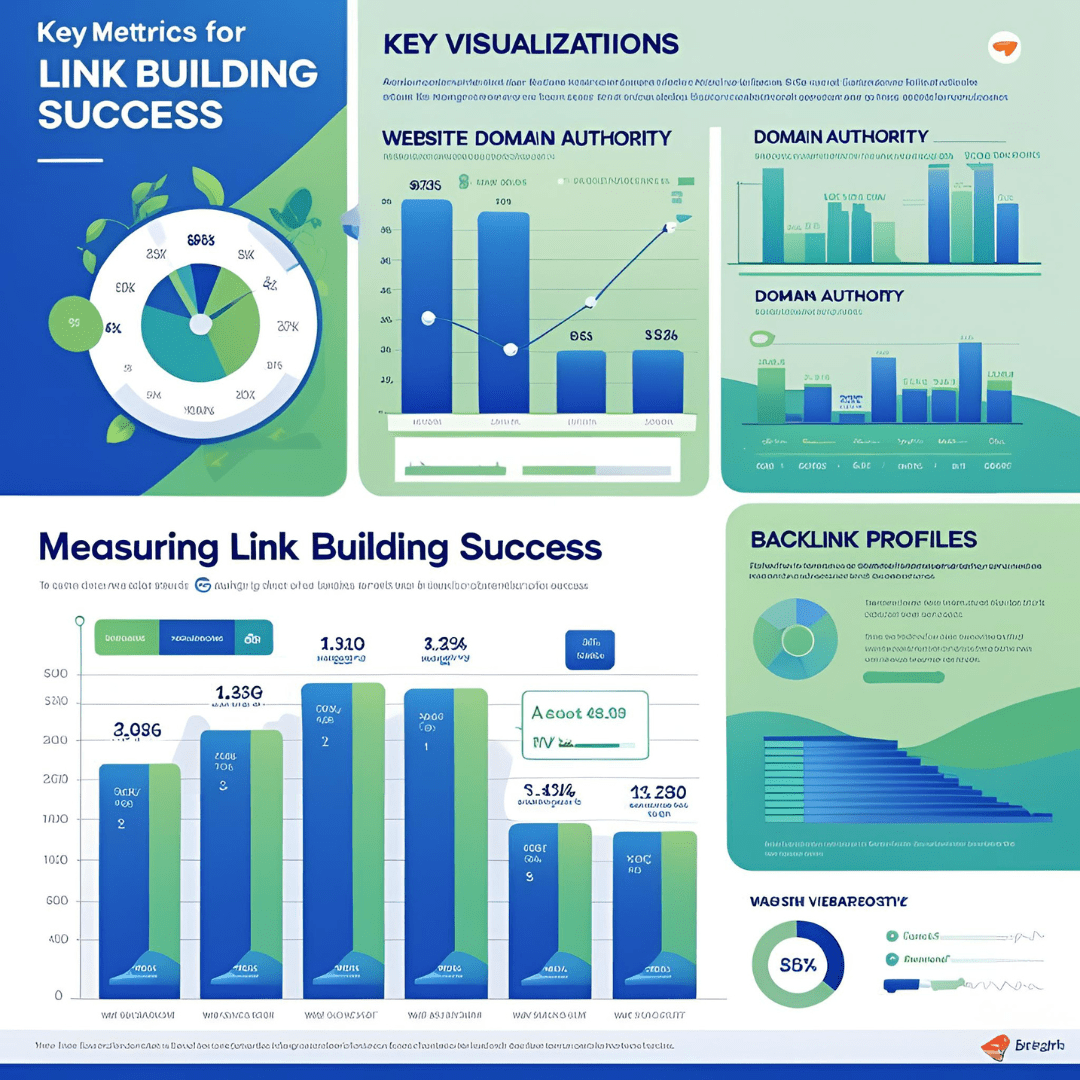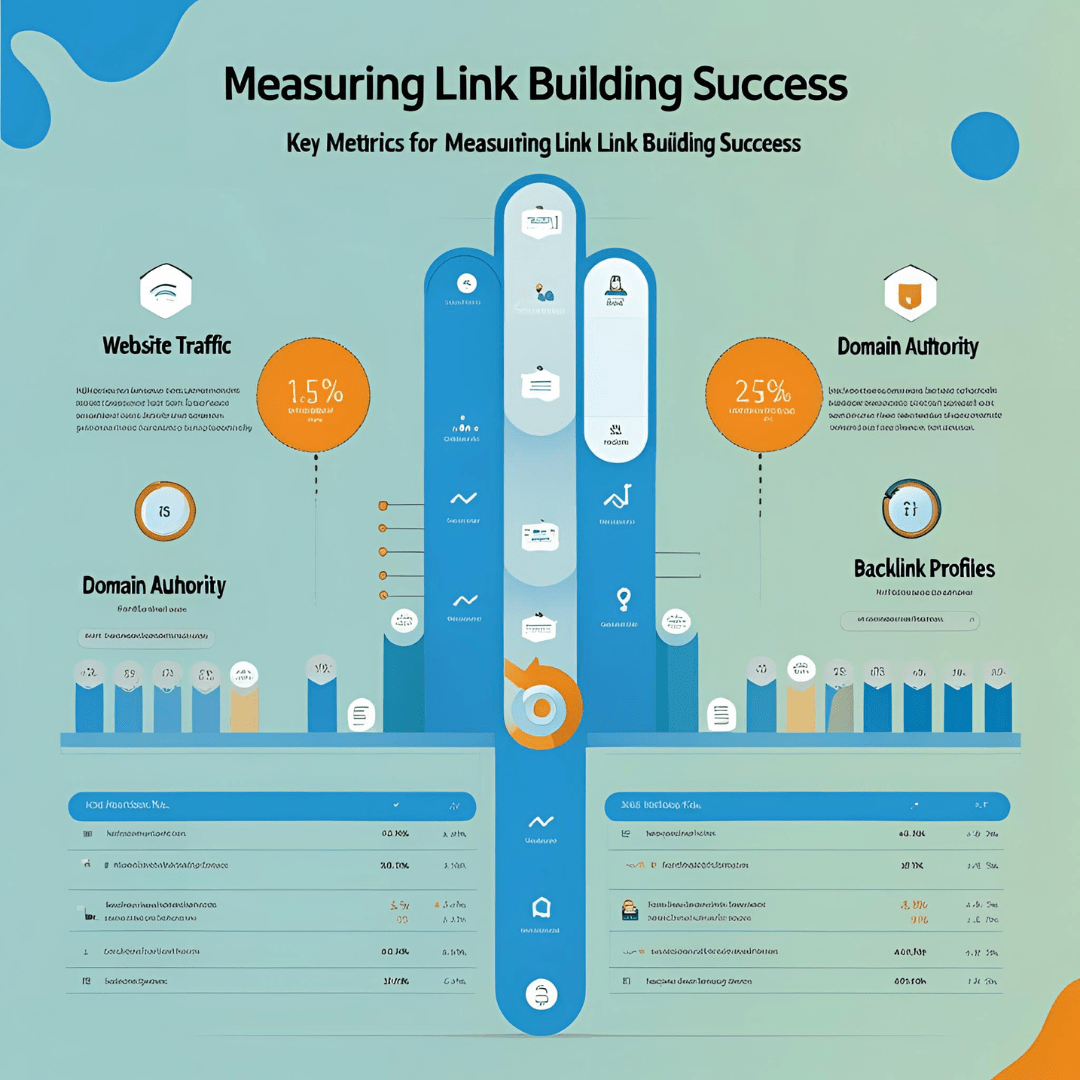Link Building Strategies
Link Building Strategies:
The Ultimate Guide to Earning High-Quality Backlinks
In the world of SEO, one thing remains consistently powerful: backlinks. They are one of Google’s top three ranking factors and play a crucial role in determining your website’s authority, visibility, and search engine ranking. But building links isn’t as simple as placing your URL anywhere on the web. It’s about strategic, high-quality, and contextually relevant links that offer real value.
This article is a comprehensive guide to link building strategies for 2025 and beyond. Whether you’re an SEO beginner or a seasoned digital marketer, this guide will show you how to earn backlinks that make a difference.
Table of Contents
- What Is Link Building Strategies?
- Why Link Building Still Matters in SEO
- The Anatomy of a Quality Backlink
- Types of Link Building Strategies
- White Hat vs. Black Hat vs. Gray Hat Techniques
- 20 Proven Link Building Strategies
- Tools for Link Building Strategies
- Measuring Link Building Success
- Common Link Building Mistakes to Avoid
- The Future of Link Building
- Conclusion
1. What Is Link Building Strategies?
Link Building Strategies is the process of acquiring hyperlinks from other websites to your own. A hyperlink (or “link”) is a way for users to navigate between pages on the internet, but for search engines, it’s also a signal of trust and authority.
When a site links to another, it’s seen as an endorsement. The more high-quality backlinks a site earns, the more authoritative it appears in Google’s eyes.
2. Why Link Building Still Matters in SEO
Despite changes in Google’s algorithm, backlinks remain a vital part of its ranking formula. Here’s why:
- Crawling and Indexing: Links help search engine bots discover your content.
- Ranking Signal: Backlinks are a vote of confidence that your content is useful.
- Referral Traffic: Well-placed links drive targeted traffic from other sites.
- Brand Visibility and Trust: Being referenced by reputable sources builds your brand’s credibility.
Without backlinks, your content might never reach the audience it deserves—no matter how good it is.
3. The Anatomy of a Quality Backlink
Not all backlinks are created equal. Google evaluates backlinks based on several factors:
| Factor | Description |
|---|---|
| Authority | Is the linking domain trusted and authoritative (e.g., Forbes, Moz)? |
| Relevance | Is the linking site in the same niche or industry? |
| Anchor Text | Is the clickable text descriptive and natural? |
| Follow vs NoFollow | “Follow” links pass SEO value, while “nofollow” links do not (but still have benefits). |
| Placement | Links within the body of content carry more weight than footer/sidebar links. |
A single relevant, high-authority link is more valuable than dozens of low-quality ones.
4. 
Link building tactics are broadly categorized into:
- Editorial (Earned) Links – Naturally given by other sites that find your content useful.
- Manual Outreach Links – Acquired through deliberate outreach and relationship-building.
- Self-Created Links – Links you place yourself (comments, profiles, directories)—use with caution.
- Paid Links – Can violate Google’s guidelines if not disclosed properly.
The best strategies focus on earning rather than manipulating backlinks.
5. White Hat vs. Black Hat vs. Gray Hat Techniques
✅ White Hat:
- Ethical, Google-compliant techniques
- Focus on creating valuable content
- Long-term results
❌ Black Hat:
- Spammy tactics (buying links, PBNs, cloaking)
- Short-term gains, high penalty risk
⚠️ Gray Hat:
- Borderline strategies (private networks, reciprocal linking)
- Risky but still used by some SEOs
For sustainable success, stick with white hat link building strategies.
6. 20 Proven Link Building Strategies
Here are 20 link building techniques that actually work:

1. Create Link-Worthy Content (Link Bait)
Publish unique, in-depth, and data-driven content that people want to cite.
Examples:
- Industry reports
- Original research
- Case studies
- Infographics
2. Guest Blogging
Contribute high-quality articles to reputable websites in your niche with a backlink to your site.
Tip: Avoid low-quality blogs. Focus on authoritative domains.
3. Broken Link Building
Find broken links on other websites and offer your own content as a replacement.
Tools: Ahrefs, Screaming Frog
4. Skyscraper Technique
Find top-performing content, make something better, and ask those who linked to the original to link to yours instead.
5. Resource Page Link Building
Reach out to sites with resource or tools pages and suggest adding your content.
6. HARO (Help A Reporter Out)
Respond to journalist queries to get featured in articles and gain backlinks from major publications.
7. Podcast Guest Appearances
Be a guest on industry-relevant podcasts and receive a backlink in the show notes.
8. Expert Roundups
Contribute a quote or insight to a roundup article in exchange for a backlink.
9. Testimonials and Reviews
Give testimonials for products or services you’ve used. Companies often link back to your site.
10. Influencer Outreach
Connect with niche influencers and ask for backlinks through collaboration or promotion.
11. Link Reclamation
Find unlinked mentions of your brand and request a hyperlink.
Tool: Google Alerts, Mention
12. Competitor Backlink Analysis
Study your competitors’ backlinks and try to get links from the same sources.
Tools: Ahrefs, SEMrush, Moz
13. Local Citations
List your business in local directories and industry listings for local SEO.
14. Forum and Community Engagement
Answer questions on platforms like Quora or Reddit with helpful responses and subtle links.
15. Create Tools or Free Resources
Offer tools, templates, or checklists that other websites will link to.
16. Scholarship Link Building
Offer a scholarship and get listed on university websites.
17. Run a Contest or Giveaway
Generate buzz and backlinks by hosting giveaways with other sites promoting the event.
18. Conduct Interviews
Publish expert interviews and ask the interviewees to share the post (with a link).
19. Publish Press Releases
Announce major milestones and submit to press release distribution sites.
20. Content Syndication
Republish your content on platforms like Medium or LinkedIn with canonical tags.
7. Tools for Link Building Strategies
Here are essential tools to assist with strategy, outreach, and analysis:
| Tool | Function |
|---|---|
| Ahrefs | Backlink analysis, competitor research, broken link checker |
| SEMrush | Outreach tool, backlink audit, link prospecting |
| BuzzStream | Outreach and relationship management |
| Hunter.io | Find email addresses for outreach |
| NinjaOutreach | Influencer and blogger outreach |
| Majestic SEO | Trust Flow and Citation Flow metrics |
| Moz Link Explorer | DA/PA tracking and backlink research |
8. Measuring Link Building Success
You can’t manage what you don’t measure. Track these metrics:

- Number of Referring Domains
- Domain Authority / Domain Rating
- Traffic from Referring Pages
- Anchor Text Distribution
- Page Rankings (before and after links)
- Conversion Rate from Referral Traffic
Use Google Search Console and third-party tools to evaluate link impact.

9. Common Link Building Mistakes to Avoid
- ❌ Buying links without disclosures (against Google’s guidelines)
- ❌ Building too many links too fast (suspicious pattern)
- ❌ Ignoring nofollow/dofollow balance
- ❌ Over-optimizing anchor text
- ❌ Linking from irrelevant or spammy sites
- ❌ Relying solely on one tactic (e.g., guest posts)
Diversify your strategy for long-term results.
10. The Future of Link Building
As Google’s algorithms become more advanced, context, trust, and authority will outweigh quantity.
Emerging trends:
- E-A-T (Expertise, Authoritativeness, Trustworthiness)
- Brand Mentions Over Links
- AI-assisted link prospecting
- Voice and AI search SEO
The key is to earn backlinks through value—not manipulation.
11. Conclusion
Effective Link Building Strategies is a blend of creativity, strategy, and persistence. It’s not about spamming comment sections or exchanging links—it’s about earning your place as an authority in your niche.
By implementing the strategies outlined above and focusing on quality over quantity, you’ll not only boost your rankings but also grow your brand’s trust and reputation online.
In SEO, content may be king, but links are the power behind the throne.

